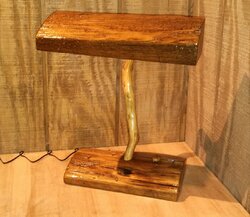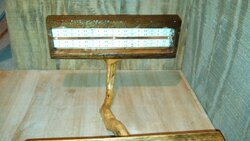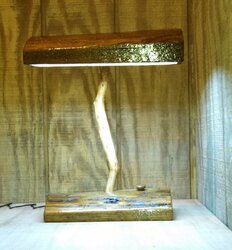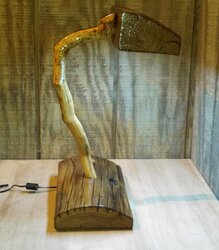Thanks for the reply. Must have missed the lumen info but that sounds not quite as bright as what I've got. Was doing some youtubing meanwhile and found some more info. There's flexfire which has some much brighter ones (not residential) that vary up to over twice as bright per foot as what I have. Didn't see the cost, though.
Another place showed special pigtails for where you cut off but didn't show installing them. So maybe they do have to be soldered -- would like to avoid soldering if possible.
Edit: checking again, looks like they all have special clip on connectors for attaching at a point on the LED strip where the contacts are, so soldering should not be necessary.
The only problem I have with the linked ebay ones, is their dimmer, doesn't look like it can be mounted in a wall box, like others. Still not sure whether I could get by using a regular rotary dimmer controlling the outlet where the power supply plugs in to do the dimming.
Another place showed special pigtails for where you cut off but didn't show installing them. So maybe they do have to be soldered -- would like to avoid soldering if possible.
Edit: checking again, looks like they all have special clip on connectors for attaching at a point on the LED strip where the contacts are, so soldering should not be necessary.
The only problem I have with the linked ebay ones, is their dimmer, doesn't look like it can be mounted in a wall box, like others. Still not sure whether I could get by using a regular rotary dimmer controlling the outlet where the power supply plugs in to do the dimming.
Last edited:





